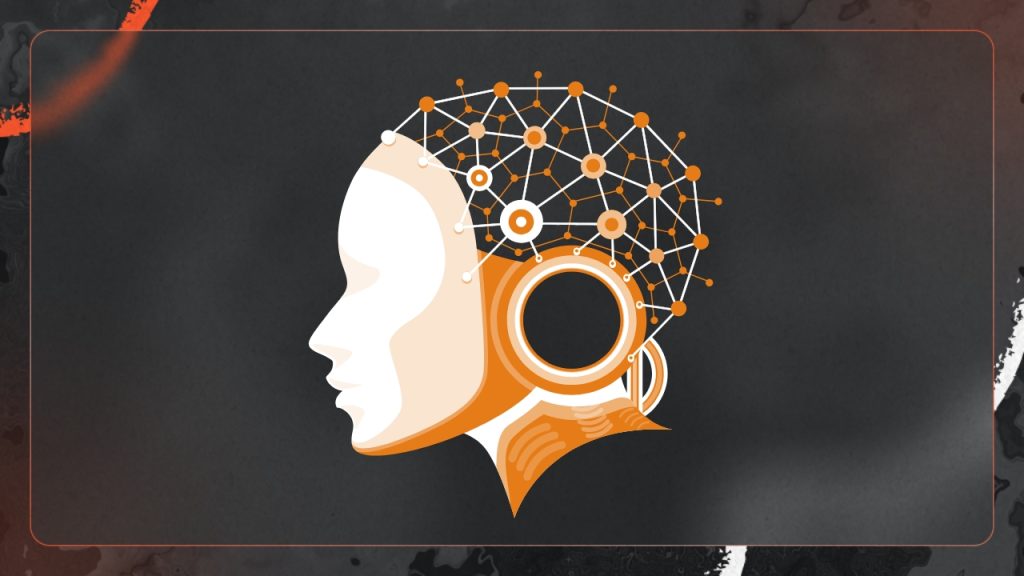
Amid the prevailing atmosphere of data privacy, and everyone is scared stiff of surveillance, something wonderful is knocking on the AI door: federated learning. Herculean AI learns on the unfathomable amount of decentralized data without ever getting a peek at it. Magic, right? Nope, just plain future stuff! As organizations grapple with stringent regulations and ethical considerations around personal information, there may be a glimmer of hope in federated learning for getting smarter about AI system training without letting sensitive data go far from home. Cutting edge-technology that innovates with privacy, redefines what is achievable in machine learning, and protects the individual’s right emerges as we dip our feet into the discussion about this innovation that does wonder on balancing privacy while innovation is a pole-vaulting move. Welcome to the world with privacy-focused AI, where working together does not mean a security breach.
Introduction to Federated Learning
Data is king in the digital landscape of today. But, as is known, great power comes great responsibility. With artificial intelligence infiltrating our lives, the discussion has shifted to concerns over privacy. Enter federated learning, an innovative way of making really strong AI while still preserving the privacy of users.
Think of a world in which your personal data never has to leave your device yet algorithms learn from it. That and being smarter is the promise of federated learning. An innovative approach, it allows several devices to collaborate on machine learning tasks without directly sharing sensitive information.
So, without further ado let’s look under the hood to see how federated learning operates, and uncover why it’s starting to make headlines on our way to fully private AI solutions. Strap in as we go through its uses, advantages, challenges, and perspective for redefining the technology landscape!
Understanding Privacy Concerns in AI
The accelerated development of artificial intelligence has rekindled the age-long discourse on privacy. Since AI systems process humongous amounts of personal data, apprehensions mount regarding the manner in which such information is being collected and used. Users always feel insecure as their behavior is being tracked and analyzed. Data breaches are getting common by the day thus resulting in an enormous amount of sensitive information falling into the wrong hands. Trust breaks when people find out that their private lives are being looked into without their knowledge.
Also, algorithms may unintentionally reinforce biases on the data they are fed. This brings to the fore ethical considerations of fairness and accountability in any decision made by AI. With growing awareness, individuals demand that organizations which utilize such technologies be transparent in their dealings with them and to ensure that their rights are protected as they enjoy the benefits accruing from such advancements. Having understood these concerns, solutions can be developed that would take care of users’ privacy while ensuring their interests in this fast digitalizing world.
How Federated Learning Addresses Privacy Issues

Federated learning totally flips the way most people think about data. Rather than bringing sensitive information to one place, models learn from distributed datasets on user devices. In simple terms, personal data stays exactly where it’s supposed to be-on individual smartphones or computers. When an individual participates in federated learning, raw data never leaves the device. Only model updates are sent back to a central server, which already greatly minimizes the risk of any exposure in all possible ways.
Also, new methods such as differential privacy can work within this system. They apply noise to the total results so that even if someone wants to try and figure out the outcome, they can’t link it back to any person. By spreading out learning steps and putting user control of their own data first, federated learning deals with many worries linked to old AI models that need big amounts of data gathering and holding onto information.
Real-World Examples
Federated learning is the phenomenon that seems to be emerging and unveiling much of its realistic applications in different sectors. Take an example of how Google has applied federated learning to boost predictive text as well as auto-correction features in Android devices. Models access user typing histories, but since data is processed locally on the phone, no sensitive information goes out in the clear.
The interesting case is about the healthcare sector. Federated learning allows hospitals to collaborate in a secure way to improve disease detection algorithms without sharing any personal health records of patients. Hence, they can train models on diversified data without touching personal health records. Financial institutions are also one of the explorers of this technology for fraud detection. They can pool their learning from several banks and create strong systems in terms of detecting any transaction irregularity, yet without breaking client confidentiality and trust.
These examples show how federated learning drives innovation and keeps privacy in mind in different areas
Pros of Federated Learning in AI
Federated learning offers multiple advantages that may reshape the AI landscape. The main advantage is improved data privacy because sensitive information remains at the local devices, and secondly, it reduces the risk of breaches. Another great benefit brought by federated learning is reduced latency since most of the processing happens near the place where data resides; therefore, responses are quicker hence a seamless experience.
Another standout feature is scalability. It enables organizations to take advantage of large amounts of decentralized data without first creating massive centralized storage solutions. This methodology permits an institution to collaborate across different institutions all while maintaining the most stringent of regulatory compliance standards, such as those found in the GDPR. The organizations learn from each other.
Finally, federated learning opens up innovation because it enables more equal access to strong AI models. Smaller companies get an opening that was earlier mostly held by large technology firms, thus leveling the field in both AI development and research.
Limitations and Challenges

One major challenge is data heterogeneity, or simply that across devices participating in the learning process there exist varied amounts and types of data on each participant, thereby leading to potential problems of inconsistency in model training. Another obstacle is network connectivity since the process requires frequent device communications with central servers; if connections are intermittent, then basically the process will be disrupted or significant delays introduced.
And then, the management of such privacy risks adds further complexity. While federated learning by design protects user data against any form of inference attack, especially model inversion attacks, the possibility of leakage must be explicitly and adequately mitigated against. Edge device resource limitations should also be considered. Most consumer devices do not have the adequate computational resources required to perform intensive machine learning operations; hence, their usage in federated networks is limited.
In the end, getting trust is hard. People may not want to share their local models because they are not sure how well their data will stay private and safe all the way through.
Conclusion
The artificial intelligence world is fast changing, so are our demands about privacy. Federated learning comes out as the best answer to balance innovation with ethics by allowing devices to take part in training the AI model while ensuring that all sensitive data remains protected individually on each device.
As organizations increasingly prioritize user privacy, federated learning could become the standard for developing AI applications. This approach not only enhances security but also empowers users by giving them control over their data. With advancements in technology and growing awareness of privacy issues, we can anticipate a future where federated learning becomes integral to AI development.
By adopting this approach, companies can build trust in their users even as they continue to reap the benefits accruing from machine learning. Federated learning has great promise. It’s a road that runs between enhanced technology and increased ethical accountability; surely one to follow further.
Published: August 13, 2025







